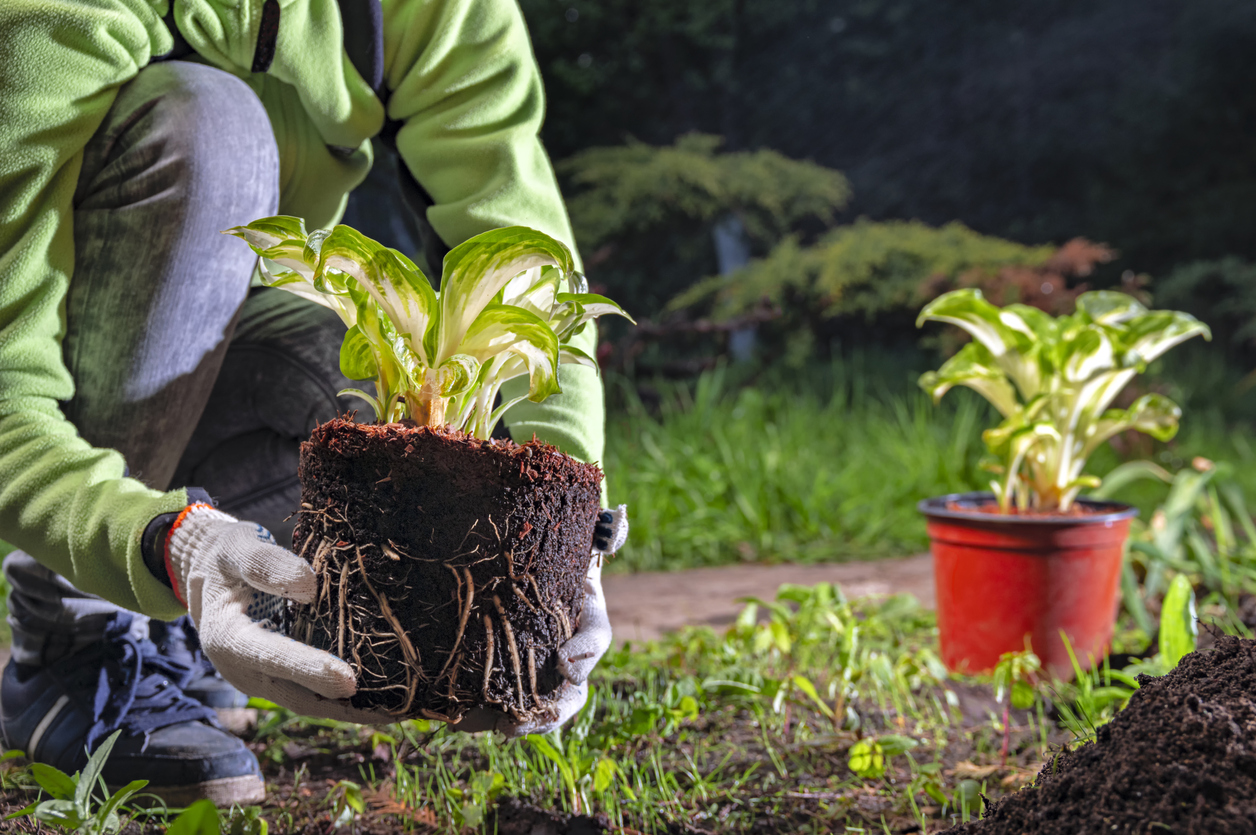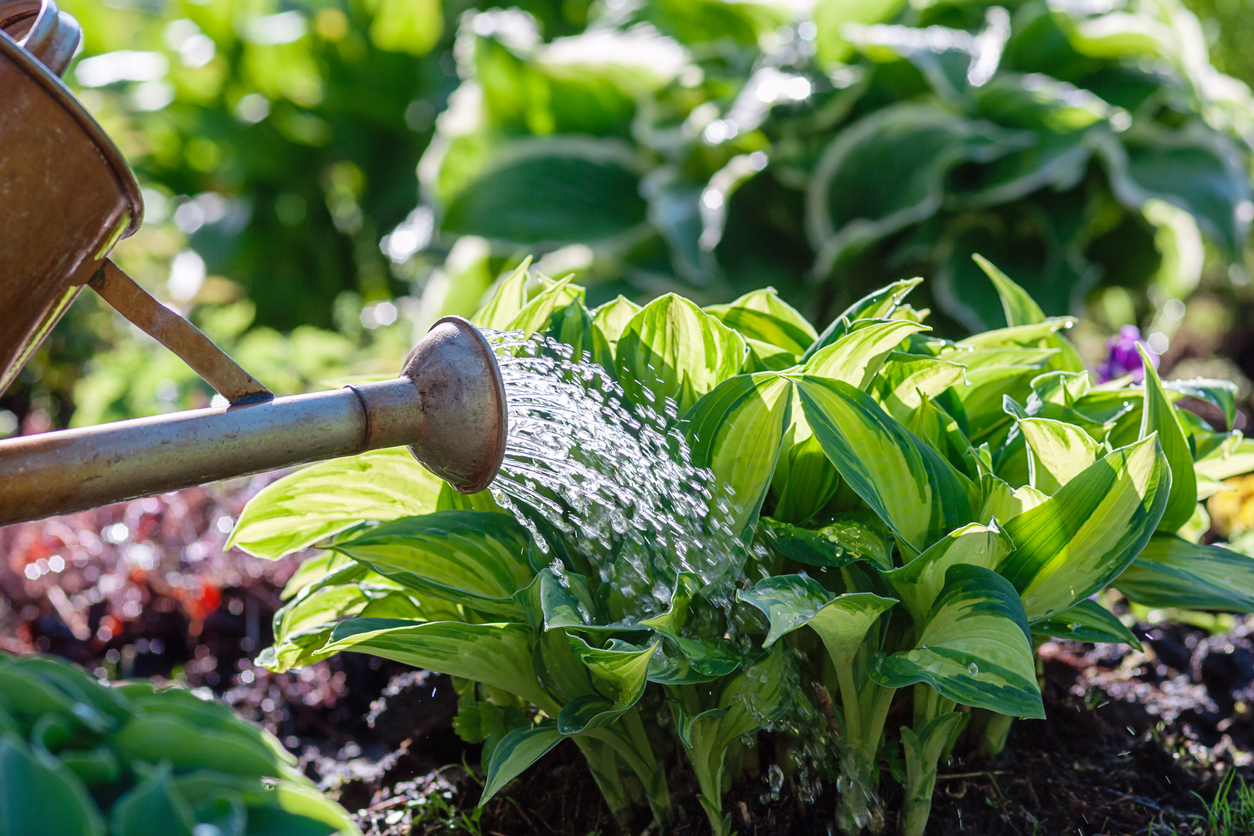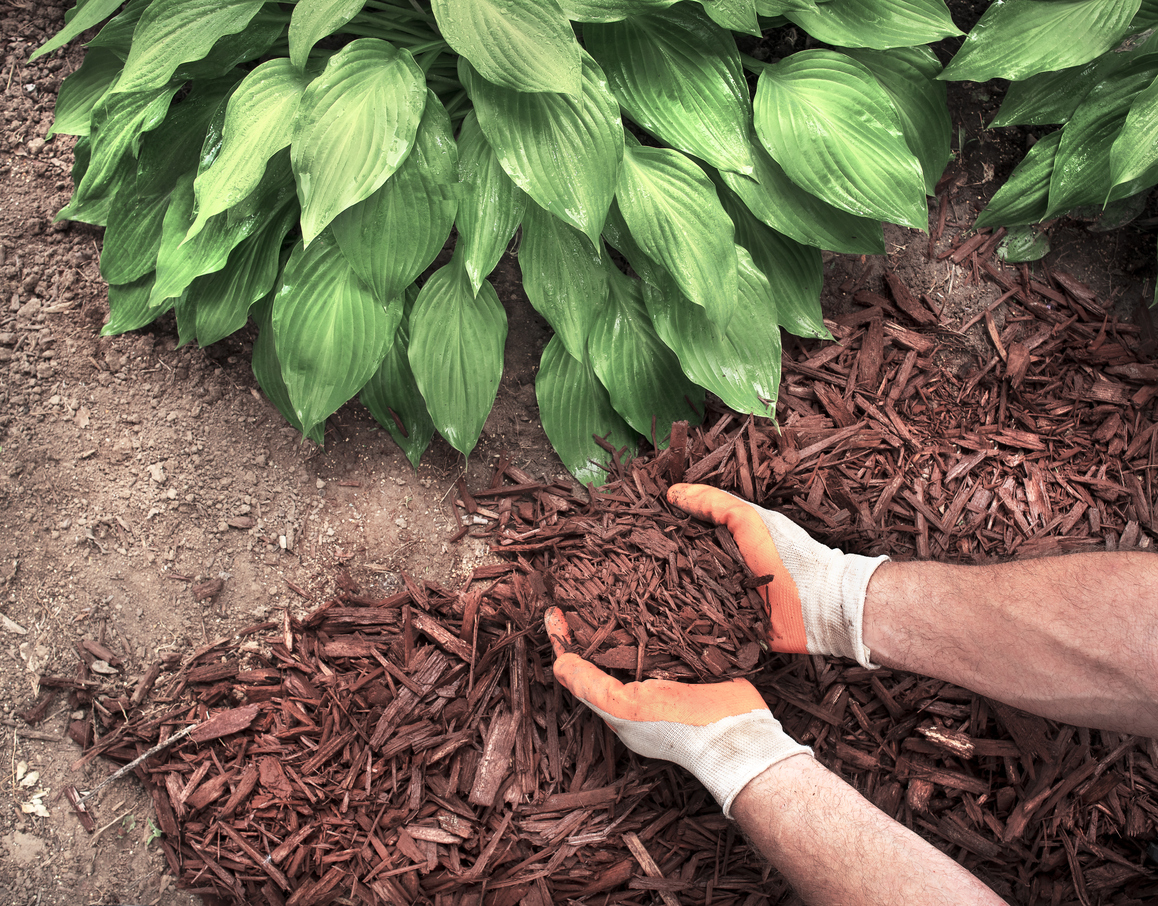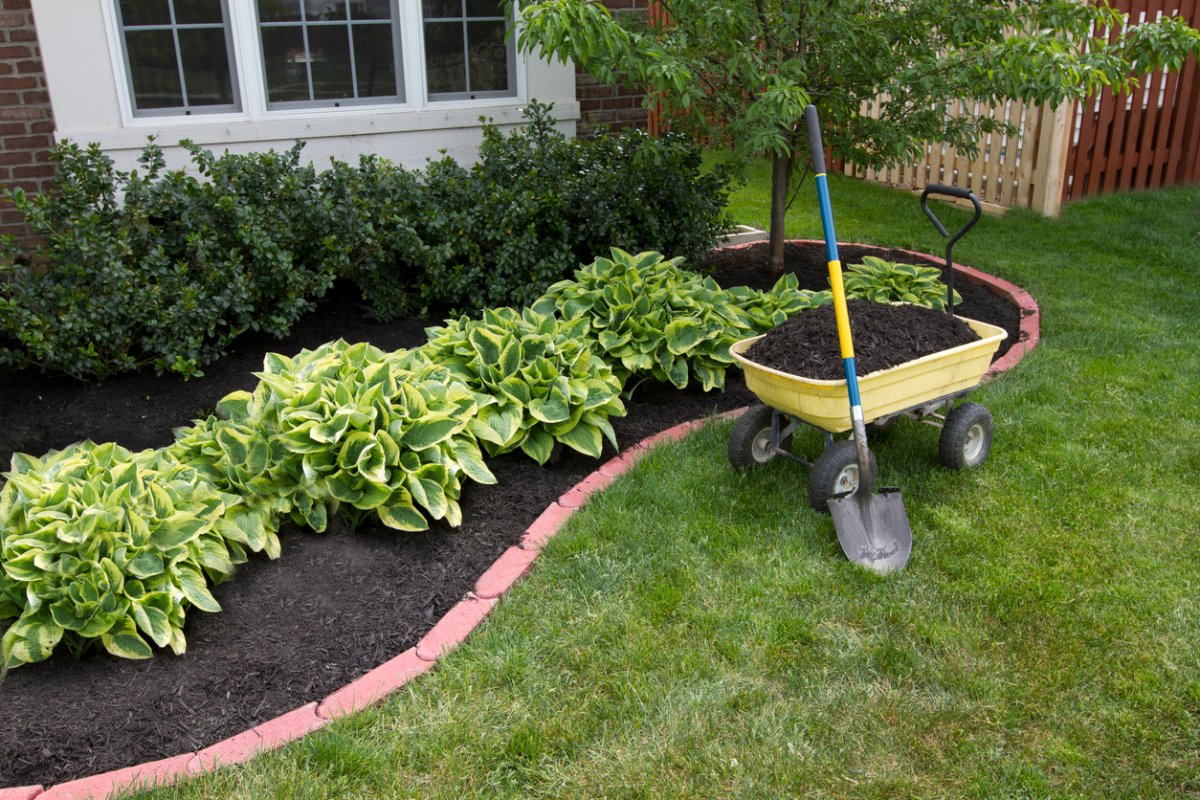We may earn revenue from the products available on this page and participate in affiliate programs. Learn More ›
Q: I’m looking to upgrade my landscape soon, and easy-care hostas are right up my alley. But I don’t want to mistakenly plant them at the wrong time. Can you tell me when to plant hostas for the best results?
A. Hostas are a popular landscaping plant for good reason. These hardy perennials require little maintenance and, despite not being as colorful as other garden marvels, leafy hostas put on a show of their own. In gardens across growing zones, hostas provide a burst of tropical-like foliage and don’t require an expert’s green thumb to grow.
So when should you plant hostas in the garden? Here’s what you need to know to grow these lush, leafy plants.
Timing isn’t too critical.
Hostas are extremely easy to grow, so while there is technically an ideal time to plant, timing isn’t entirely critical overall. If a friend divides and shares a hosta plant with you, there’s no need to fret. Planting divided hostas anytime during the growing season is doable.
If you decide to divide a hosta plant of your own, it’s best to wait until it has reached maturity—typically after about 5 years. Dig deeply to uproot the entire plant and carefully separate the roots into small sections for replanting. Remember, these plants need plenty of moisture. Make sure to water deeply and frequently, especially during dry periods.
Related: The Best Low-Maintenance Ground Cover Plants for Your Property

In spring, you can plant bare-root or potted hosta plants.
While it’s OK to plant hostas throughout the growing season, you’ll get the best results if you plant right before the summer months. In the early spring, the weather is cooler and less likely to stress newly planted hostas. There’s also usually more rain during this period, which thirsty hostas thrive on.
As long as the ground is workable, you can plant bare-root or potted hosta plants. If planting potted hostas, make sure to place them as deep in the new soil as they are inside the container in which they came.
Related: 25 Ways to Beautify Your Yard Without Planting a Thing

August is also an ideal time to plant hostas almost anywhere in the U.S.
In cooler regions, early August is an excellent time for planting hostas. However, those in the southern U.S. should wait until the tail end of the month to avoid lengthy exposure to scorching hot weather. Remember, because it’s still warm in August, hosta plants will need regular watering to establish a healthy root system.
In fall, you should use potted hostas.
Like the spring, early fall is an ideal period for planting hostas. You might even have success planting in the late autumn if you live in a warmer growing zone.
At this time of year, stick with potted hostas instead of bare-root plants. Why? Because container-grown plants have had ample time to produce healthy roots, so they are strong enough to sustain a late-season planting. Plant hostas several weeks before the average first frost date to ensure they have enough time to settle into their new home.

Late-planted hostas might rot over the winter.
The longer you wait to plant, the less time your hostas have to put out new roots. Try not to cut it too close. Waiting too long to plant in the fall can leave hostas susceptible to winter cycles of thawing and freezing. To prevent plants from rotting and dying over the winter, make sure to water them thoroughly before the first frost. Also, add plenty of mulch around the plants to help keep them insulated.

